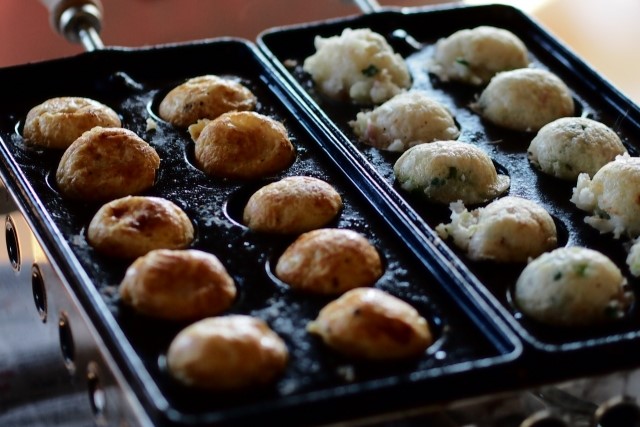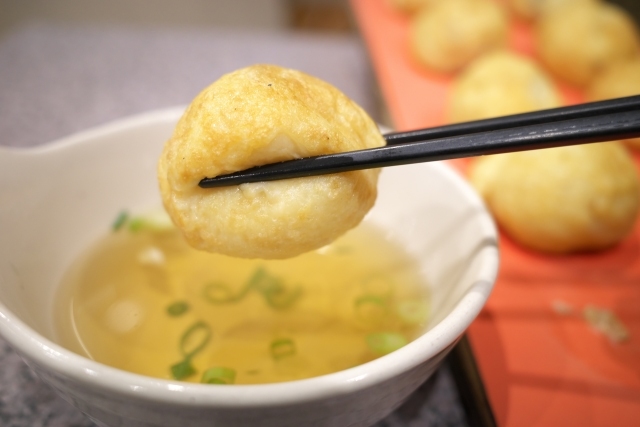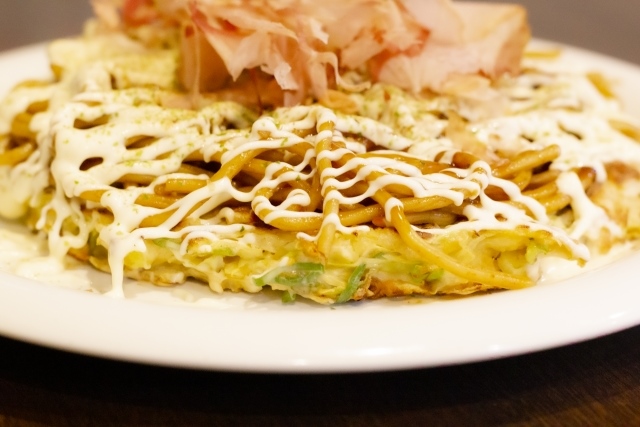Basic Information
In Japan, after World War II, menus using wheat flour spread during a time when rice was not available due to food shortages. Especially, Takoyaki and Okonomiyaki are well-known as local Japanese food worldwide.
Okonomiyaki
Okonomiyaki is a type of teppanyaki where a batter mainly made from wheat flour, with ingredients such as eggs, cabbage, meat, seafood, and noodles, is cooked according to one’s preference. This dish originated from the “one-cent Western food” that developed during the post-war food crisis, with a lot of shredded cabbage added to provide a feeling of fullness.
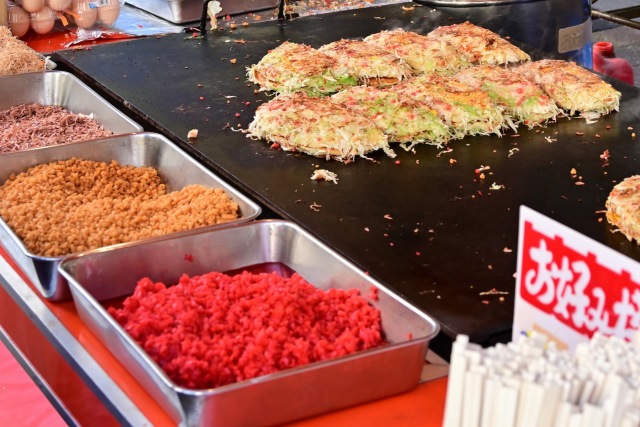
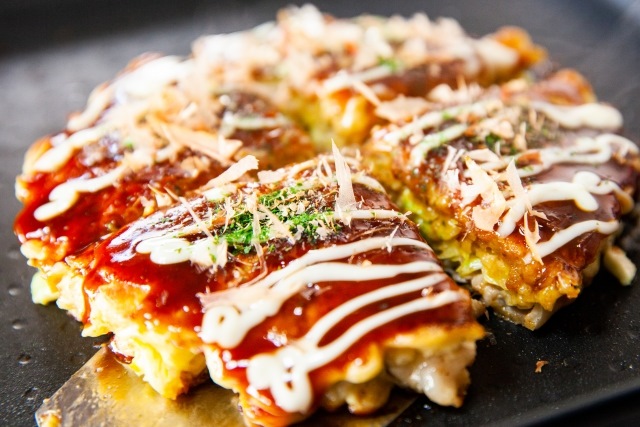
Hiroshima-style Okonomiyaki
Hiroshima-style Okonomiyaki developed around the same time as Okonomiyaki in Osaka. In this Hiroshima style, ingredients are layered on top of thin batter and cooked, which is a unique feature. This format contributed to saving wheat flour, and adding cabbage and Chinese noodles provided a feeling of satisfaction as a meal.
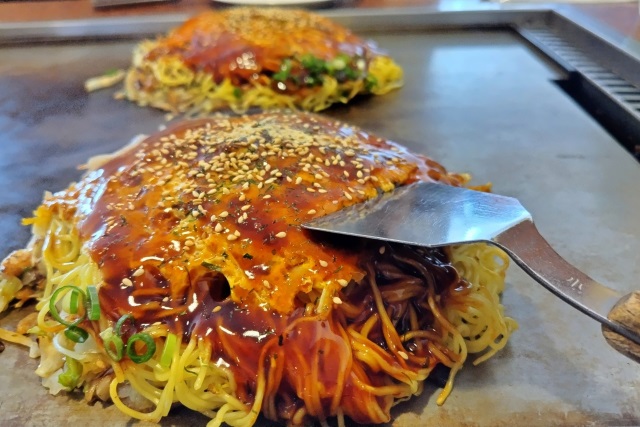
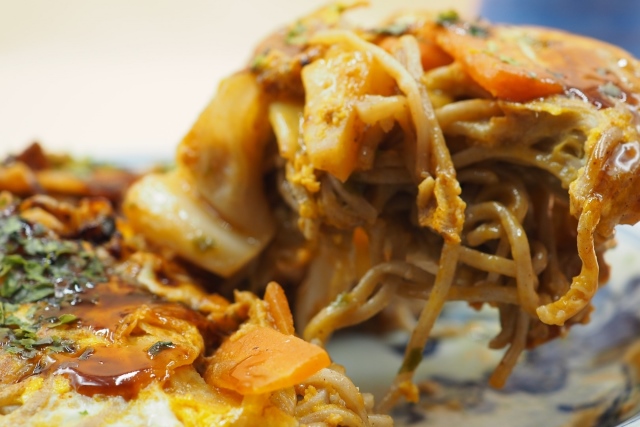
Monjayaki
Monjayaki is a dish where loosely mixed wheat flour is cooked on a griddle, and sauces or seasonings are mixed and eaten. It is characterized by its very low viscosity, becoming paste-like even after cooking. While it is said to be the origin of the nationally famous Okonomiyaki, it is now a local food limited to Tokyo, Saitama, Gunma, and Tochigi regions.
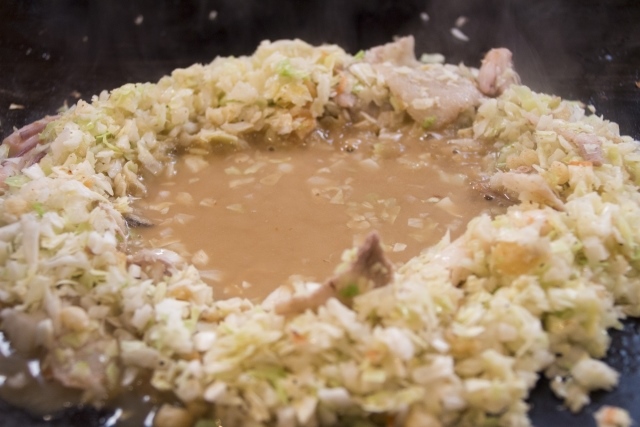
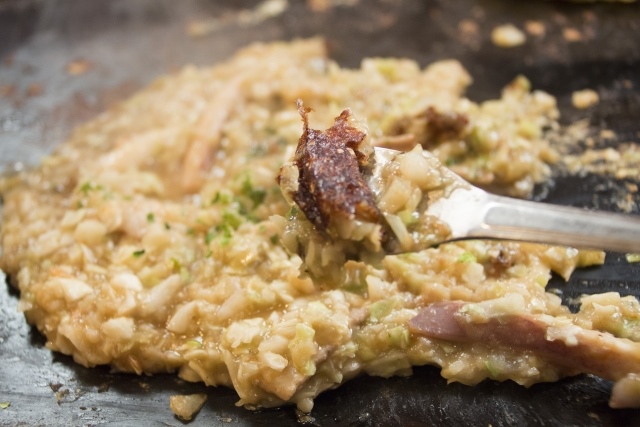
Takoyaki
Takoyaki is a dish where octopus and condiments are put into a wheat flour batter and baked into a spherical shape. Previously, ingredients such as konjac and beef were used, but they started using octopus under the influence of Akashiyaki. At New Year’s shrine visits and festivals, many Takoyaki stalls often appear.
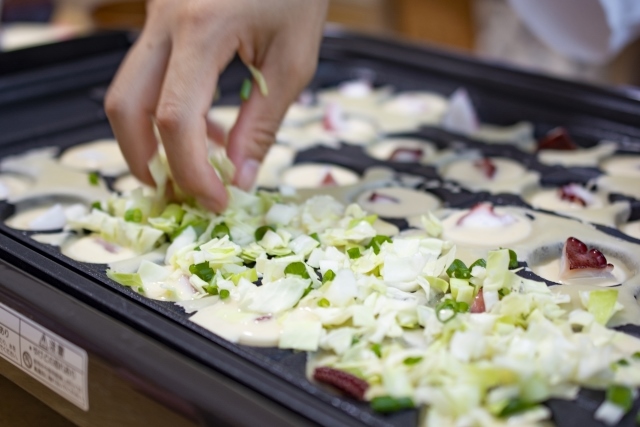
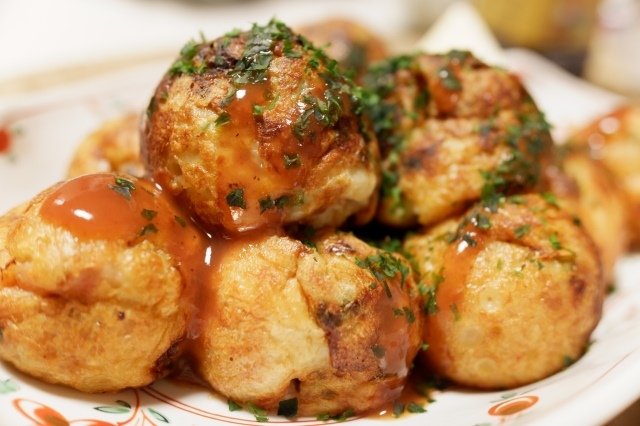
Akashiyaki
Akashiyaki is a local cuisine of Akashi City, using octopus, chicken eggs, wheat flour, and wheat starch. Unlike Takoyaki, a large amount of chicken eggs is used and it is eaten soaked in Dashi (broth) made from ingredients like kelp and bonito flakes.
